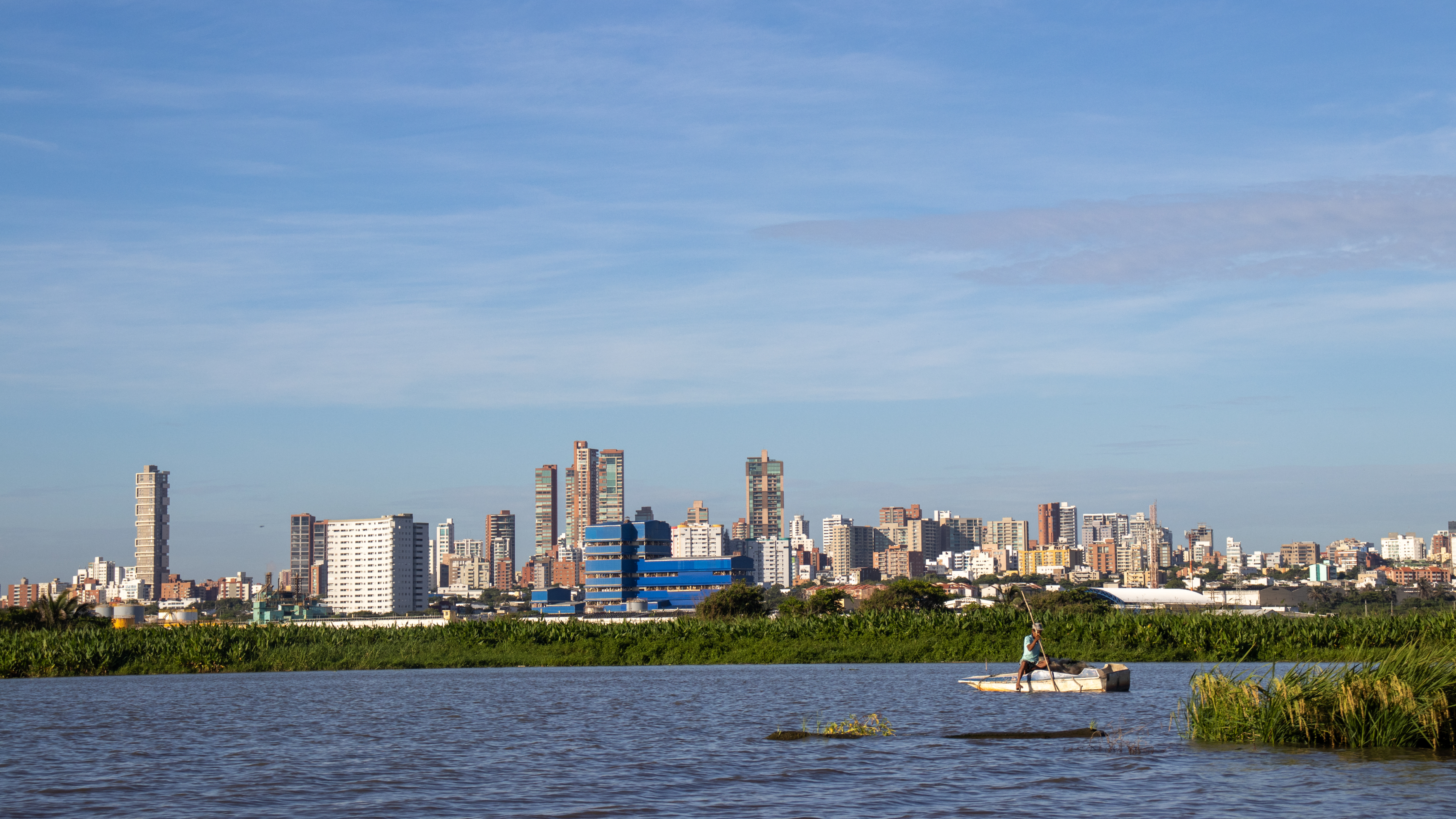Why towns could be stuck in the wrong place

Medieval towns in France were much more likely to be located near Roman towns than their British counterparts. Image: REUTERS/Peter Nicholls
The world is urbanising rapidly (World Urbanization Prospects, the 2011 Revision). Some of its rapidly growing cities, however, seem to be misplaced. They are located in places hampered by poor access to world markets, shortages of water, or vulnerability to flooding, earthquakes, and volcanoes.
This outcome – cities being stuck in the wrong places – has dire economic and social consequences. When thinking about policy responses, a key research question is whether historical events can leave towns trapped in suboptimal places.
New research on a historical ‘experiment’
Our recent research looks at this issue by comparing the evolution of two initially similar urban networks following a historical calamity that wiped out one, while leaving the other largely intact (Michaels and Rauch 2013). The specific setting in which we examine this is northwestern Europe, where we trace out the effects of the collapse of the Western Roman Empire more than 1500 years ago, through to the present day.
Around the dawn of the first millennium Rome conquered and subsequently urbanised areas, including those that make up present-day France and Britain (as far north as Hadrian's Wall). Under the Romans, towns in France and Britain developed similarly in terms of their institutions, organisation, and size. Around the middle of the fourth century, however, their fates diverged.
Roman Britain suffered invasions, usurpations, and reprisals against its elite. Around 410CE, when Rome itself was first sacked, Roman Britain's last remaining legions, which had maintained order and security, departed permanently. Consequently, Roman Britain's political, social, and economic order collapsed. From 450-600CE, its towns no longer functioned. The Roman towns in France also suffered when the western Roman Empire fell, but many of them survived and were taken over by the Franks.
In short, the urban network in Britain effectively ended with the fall of the western Roman Empire; French towns experienced greater continuity. The divergent paths of British and French urban networks allow us to study the spatial consequences of the resetting of an urban network, as towns across Western Europe re-emerged and grew during the Middle Ages.
During the High Middle Ages Britain and France were once again ruled by common elite – the Normans – rather than the Romans. Britain and France had access to similar production technologies. Both features help us compare the effect of the collapse of the Roman Empire on the evolution of town locations.
Three possible evolution pathways
Following the asymmetric calamity and subsequent re-emergence of towns, one of three scenarios can be imagined.
First, if locational fundamentals, such as coastlines, mountains, and rivers, consistently favour a fixed set of locations, then these locations would be home to both surviving and re-emerging towns. In this case, we would observe high persistence of locations from the Roman era onwards in both British and French urban networks.Second, if locational fundamentals or their value change over time, and these fundamentals affect productivity more than the concentration of human activity, then both urban networks would similarly shift towards locations with improved fundamentals. In this case we would observe less persistence of locations in both British and French urban networks relative to the Roman era.Third, if locational fundamentals or their value change, but these fundamentals affect productivity less than the concentration of human activity, then we should see path-dependence in the location of towns. The British urban network, which was reset, would shift away from Roman era locations towards locations which are more suited to the changing economic conditions. But French cities would tend to remain in their original Roman locations.Towns in France stayed, towns in Britain shifted
In our empirical analysis we find support for the third scenario, where town locations are path-dependent. Medieval towns in France were much more likely to be located near Roman towns than their British counterparts (Figure 1). These differences in persistence are still visible today: only three of the 20 largest cities in Britain are located near the site of Roman towns, compared to 16 in France. This finding suggests that the British urban network shifted towards newly advantageous locations, while French towns remained in locations, which may have become obsolete.
The shift to water transportation should have shifted cities
But this still leaves the question open – was path dependence consequential or not? In other words, did it matter that French towns remained in Roman-era town locations? To shed light on this question, we note that during the Roman era roads connected major towns, facilitating the movements of the Roman army. During the Middle Ages, however, technical improvements to water transportation (Blair 2007 and Fleming 2010) made coastal access more important. This technological change meant that having coastal access mattered more for medieval towns in Britain and France than for Roman ones.
We find that during the Middle Ages towns in Britain were roughly two and a half times more likely to have coastal access – either directly or via a navigable river – than during the Roman era. In contrast, in France there was little change in the urban network's coastal access over the same period. Moreover, we show that having coastal access was associated with faster town growth from 1200-1700, and that for towns with poor coastal access, access to canals was associated with faster population growth.
Figure 1. Roman towns (dots) and medieval towns (empty circles) in Britain and France

These findings, and the high costs of building and maintaining canals, suggest that access to water transportation was invaluable. The conclusion we draw is that many French towns were stuck in the wrong places for many centuries. They could not take advantage of the new transportation technologies since they had poor coastal access; they were in locations that were designed to fit with the demands of Roman times and not the considerations of the Middle Ages.
Conclusions
Taken together, our findings show that urban networks may reconfigure around locational fundamentals that become more valuable over time. This reconfiguration, however, is not inevitable, and towns may remain trapped in bad locations over many centuries, and even millennia. This spatial misallocation of economic activity has almost certainly induced considerable economic costs.
Our findings suggest lessons for today’s policymakers. The conclusion that cities and towns may be misplaced still matters today, as the world's population becomes ever more concentrated in cities. For example, parts of Africa, including some of its cities, are hampered by poor access to the world's markets due to their landlocked position and poor land-transport infrastructure. And across the world, many cities lie close to areas that are susceptible to flooding, earthquakes, volcanic eruptions, and other natural disasters.
Our paper suggests that path-dependence in city locations can still have important welfare costs today.
Don't miss any update on this topic
Create a free account and access your personalized content collection with our latest publications and analyses.
License and Republishing
World Economic Forum articles may be republished in accordance with the Creative Commons Attribution-NonCommercial-NoDerivatives 4.0 International Public License, and in accordance with our Terms of Use.
The views expressed in this article are those of the author alone and not the World Economic Forum.
Stay up to date:
Cities and Urbanization
Forum Stories newsletter
Bringing you weekly curated insights and analysis on the global issues that matter.
More on Built Environment and InfrastructureSee all
Jeff Merritt and Vivian Brady-Phillips
December 9, 2025







